
A Rare Alignment of 7 Planets Is Taking Place in The Sky This Week
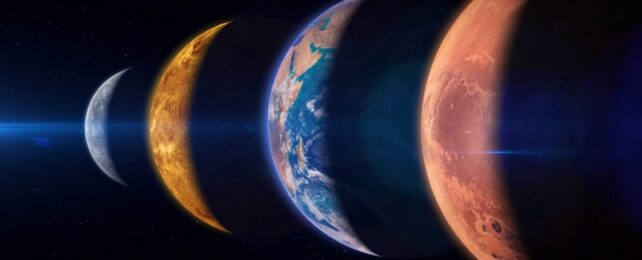
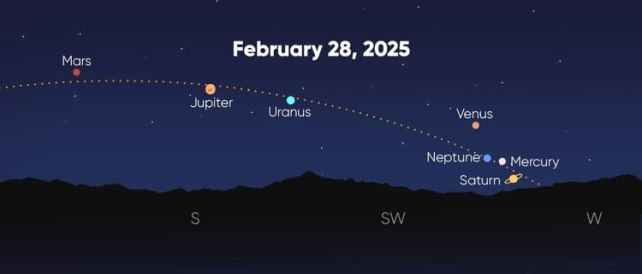
A Rare Celestial Spectacle: All Seven Planets to Align in Earth’s Night Sky on February 28, 2025
Image: Artist’s impression of a planetary alignment (not to scale). Credit: buradaki/Getty Images
Skywatchers around the globe are in for a truly extraordinary treat in early 2025. On the evening of February 28, 2025, a rare and breathtaking astronomical event will unfold — a great planetary alignment in which all seven of the other planets in our Solar System will appear together in Earth's night sky.
On that evening, Saturn, Mercury, Neptune, Venus, Uranus, Jupiter, and Mars will all be visible in a striking row, forming what astronomers call a seven-planet alignment. While planetary groupings are not unusual, seeing this many planets align in one sky is incredibly rare — an event that might only happen once every few decades.
What Is a Planetary Alignment?
A planetary alignment occurs when multiple planets in the Solar System appear to line up from our vantage point on Earth. Depending on how many planets are involved, these alignments are classified as small (three to four planets), large (five to six planets), or great alignments, which include seven or all eight planets.
While five-planet alignments happen fairly often — perhaps once or twice a year — six-planet lineups are less common. But alignments involving seven planets? Those are the crown jewels of planetary parades — the rarest and most awe-inspiring alignments of all.
Why Do Planets Align?
Despite what popular illustrations might suggest, planets don’t form perfect straight lines in space. Instead, alignments occur because the orbits of the planets all lie roughly along the same flat surface in space — a plane known as the ecliptic.
This alignment of planetary orbits is no accident. It’s a natural consequence of how planetary systems form. When a star like our Sun is born from a rotating cloud of gas and dust, the material flattens into a spinning disk — a structure we now call a protoplanetary disk. The planets are formed from this disk and thus follow similar orbital paths.
As the planets travel along their orbits, there are times when several of them appear close together in our sky. On February 28, all seven planets (excluding Earth) will lie on the same side of the Sun from our viewpoint, creating the appearance of a grand celestial procession.
How to Watch the Planetary Parade
Whether or not you’ll be able to see the entire alignment — and which planets will be visible at specific times — will depend heavily on your location, your local horizon, light pollution, and weather conditions.
Some of the planets, especially the fainter and more distant ones like Uranus and Neptune, may be difficult or impossible to spot without binoculars or a telescope. However, the brighter planets such as Venus, Jupiter, and Mars will be much easier to see with the naked eye.
Here are some tools and tips to help you prepare:
-
Time and Date offers an excellent interactive sky map tool. You can input your location and date to see when and where each planet will rise and set, along with viewing difficulty.
-
Stellarium is another powerful online tool that allows you to simulate the night sky from your location in real time.
-
Sky Tonight is a free and intuitive mobile app that uses your phone's sensors to show you exactly where planets and stars are located in your sky. It’s a great option for beginners.
To catch the full alignment, plan ahead. Find a spot with a clear, dark horizon and minimal light pollution. Make sure to check the weather forecast and give your eyes time to adjust to the dark. Most importantly, consider investing in or borrowing a pair of binoculars or a telescope if you want to see the more distant planets.
Don’t Miss This Opportunity
Planetary alignments involving seven planets don’t happen often — and it could be many years before we witness a similar one again. This is more than just a pretty show; it's a reminder of our place in a vast, beautiful, and ever-moving cosmos.
So mark your calendars for February 28, 2025, and start making plans. With any luck, the skies will be clear, and you’ll witness one of the rarest astronomical phenomena visible from Earth — a true once-in-a-generation cosmic event.
News in the same category

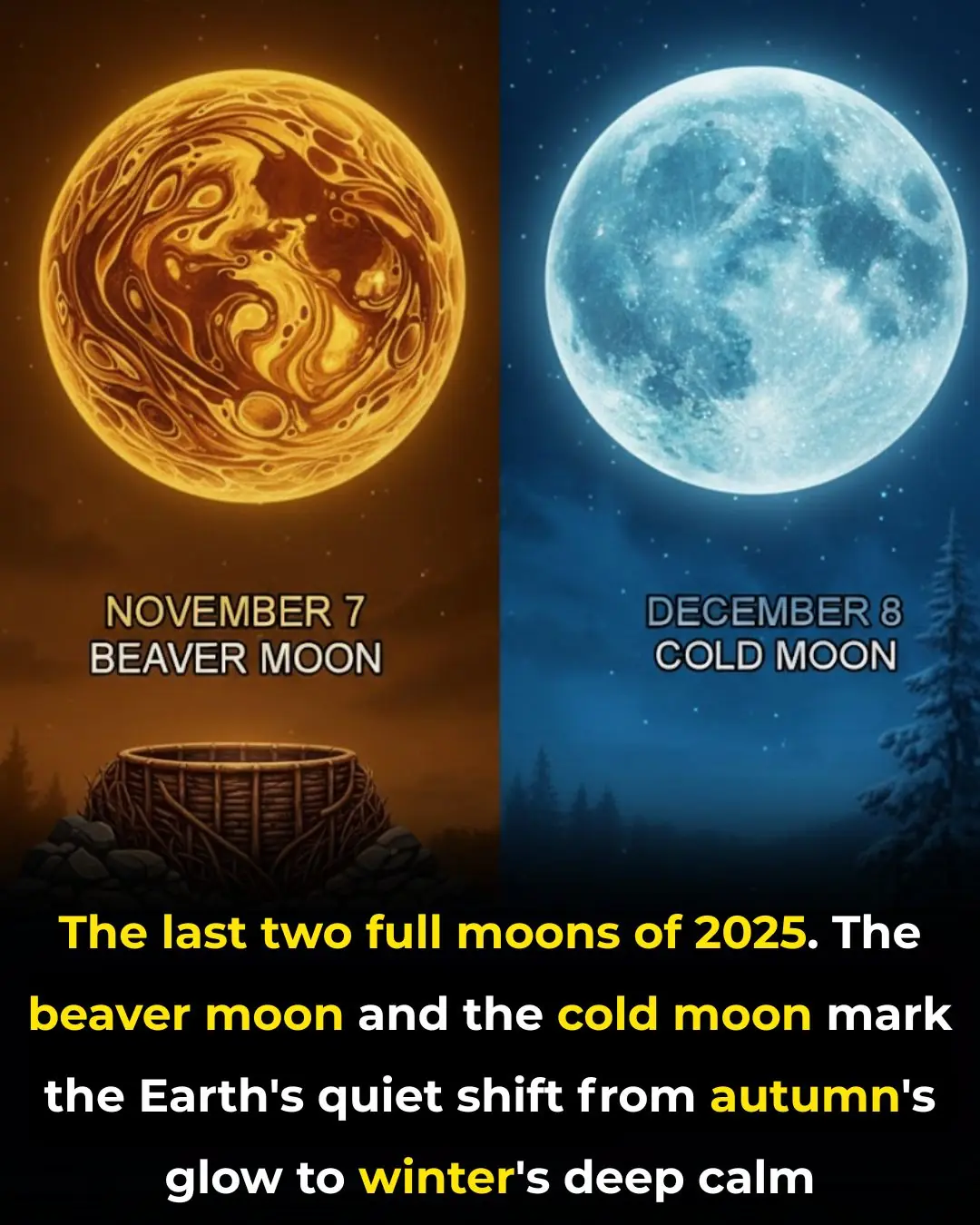
Top 6 Upcoming Astronomical Events You Don’t Want to Miss in 2025

Never Ignore Excessing Licking From a Dog

Woman creeped out after finding mysterious 'death day' in her iPhone calendar

Rob Gronkowski forgot he invested $69,000 in Apple and ten years later the value has completely changed his net-worth
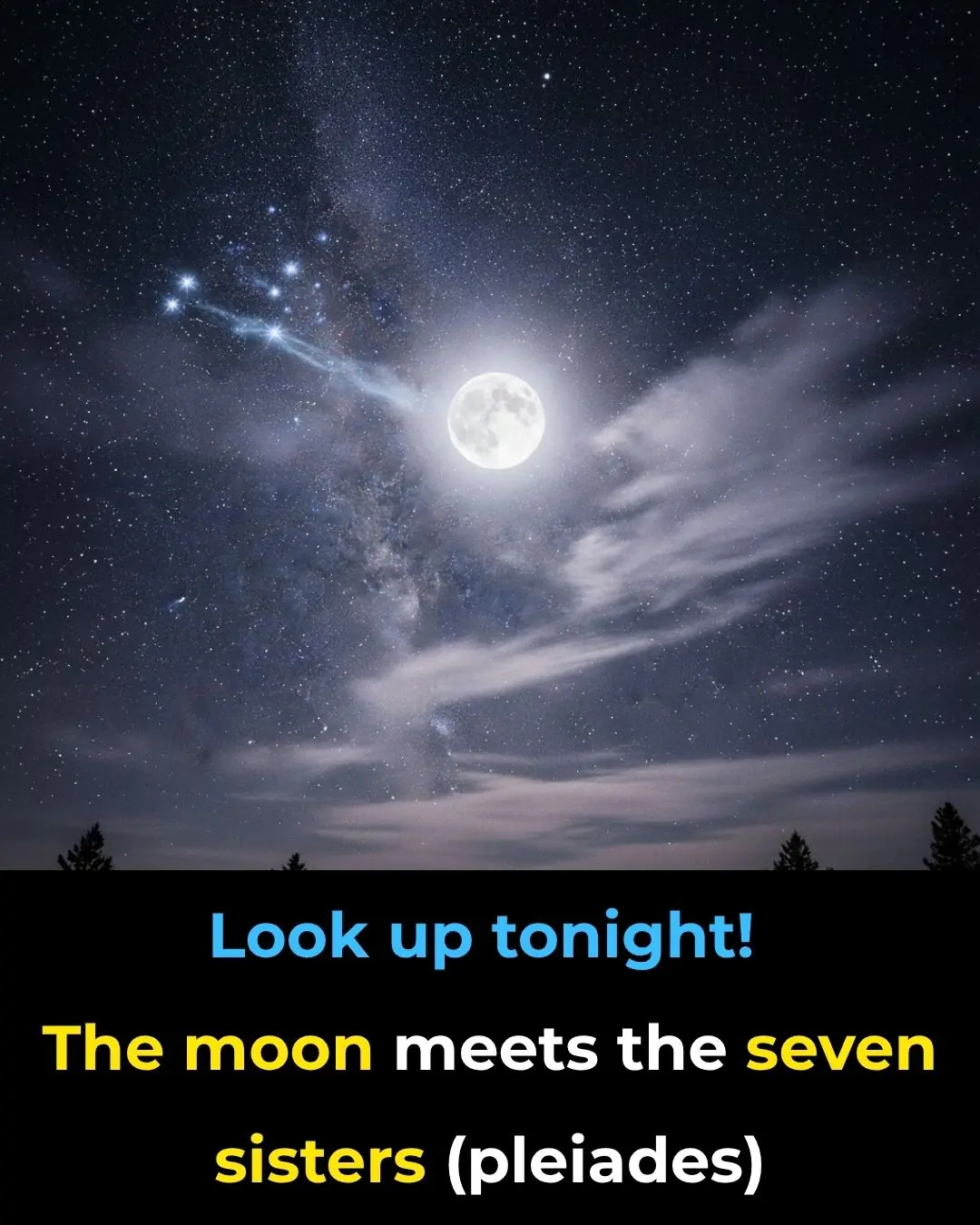
Don’t Miss It: The Moon Meets the Pleiades on October 10!
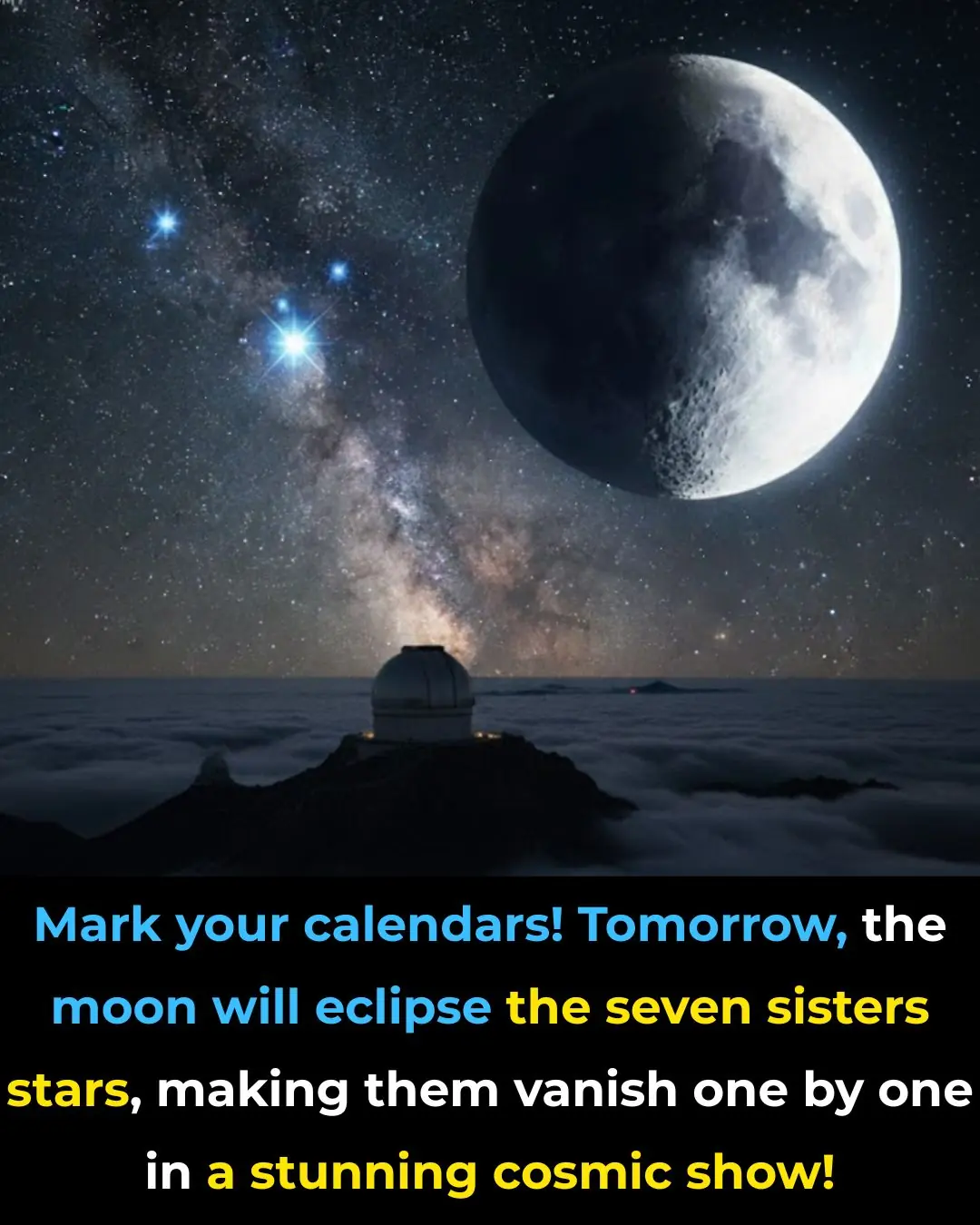
Don’t Miss It: The Moon Meets the Pleiades on October 10!

When a Child Becomes Forever Part of Mom: The Science of Fetal Microchimerism

Solar power makes history as it becomes main source of electricity for 450,000,000 people

Snapchat divides users as they announce policy to begin charging users for free feature

Worried About Having Small Breasts

Hikers Spot Owl Swimming Through a Canyon – An Extremely Rare Sight

Scientists Discover Giant Sinkhole in China With Primeval ‘Lost World’ Inside

I’ve Spent 6 Years Photographing Waves And The Many Moods Of The Ocean

The Stealthy Threat of the Evergreen Bagworm

The World’s Oldest Bridge Is Still In Use, and You Can See It In Greece
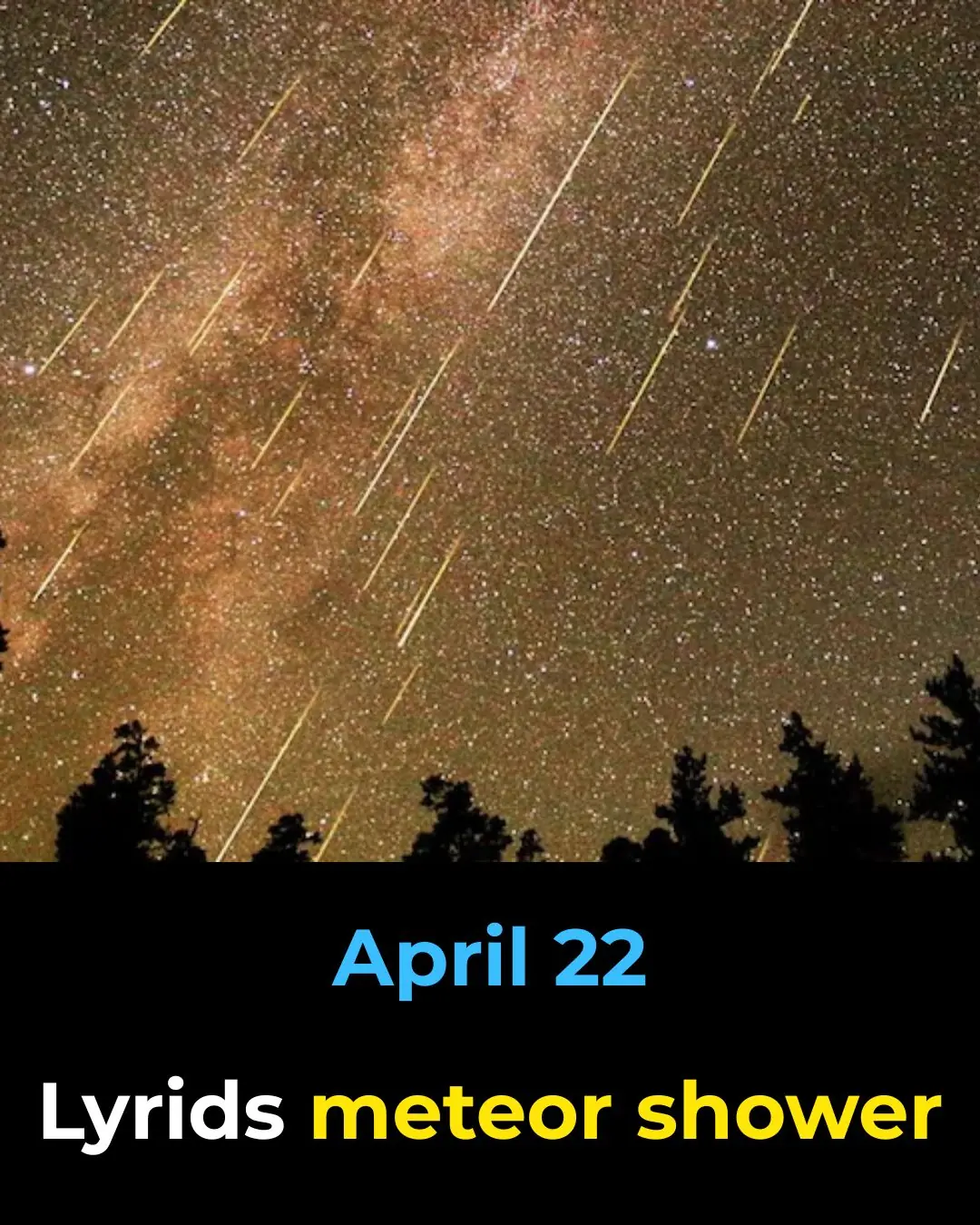
Lyrid meteor shower peaks after Easter: How to spot the most ‘shooting stars’

Austria: 33 Interesting Facts You Might Not Know
News Post

Tala’s Second Chance: Fighting for Life Against All Odds

From Patient to Daughter: The Miracle of Ella.

The Promise He Kept: A Teacher, a Dress, and a Second Chance.
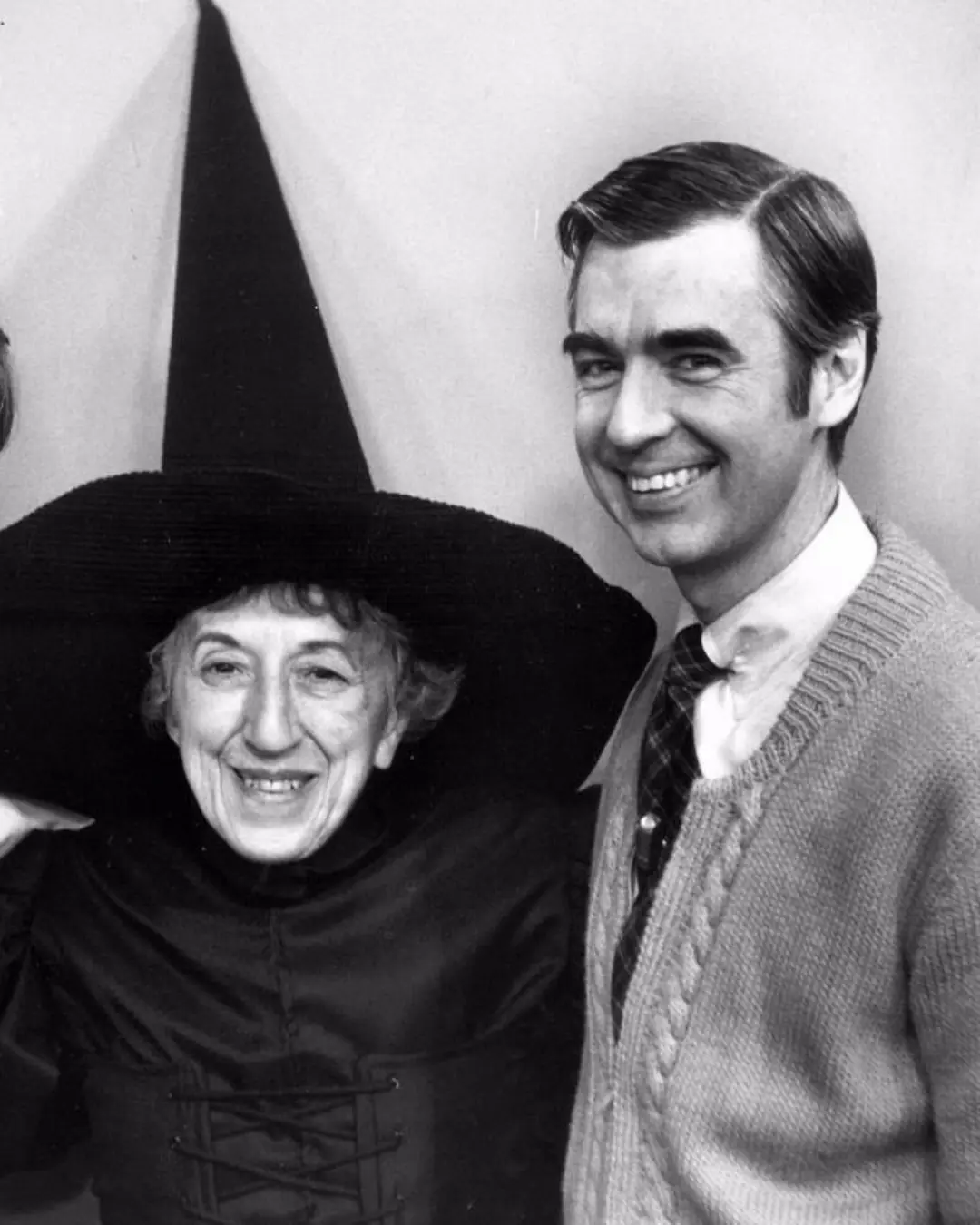
The Woman Behind the Green Face: Margaret Hamilton’s Quiet Legacy.

A Boy, a Dog, and the Courage to Care 💛🐾

I Went to Pick Up My Wife and Newborn Twins from the Hospital — I Found Only the Babies and a Note
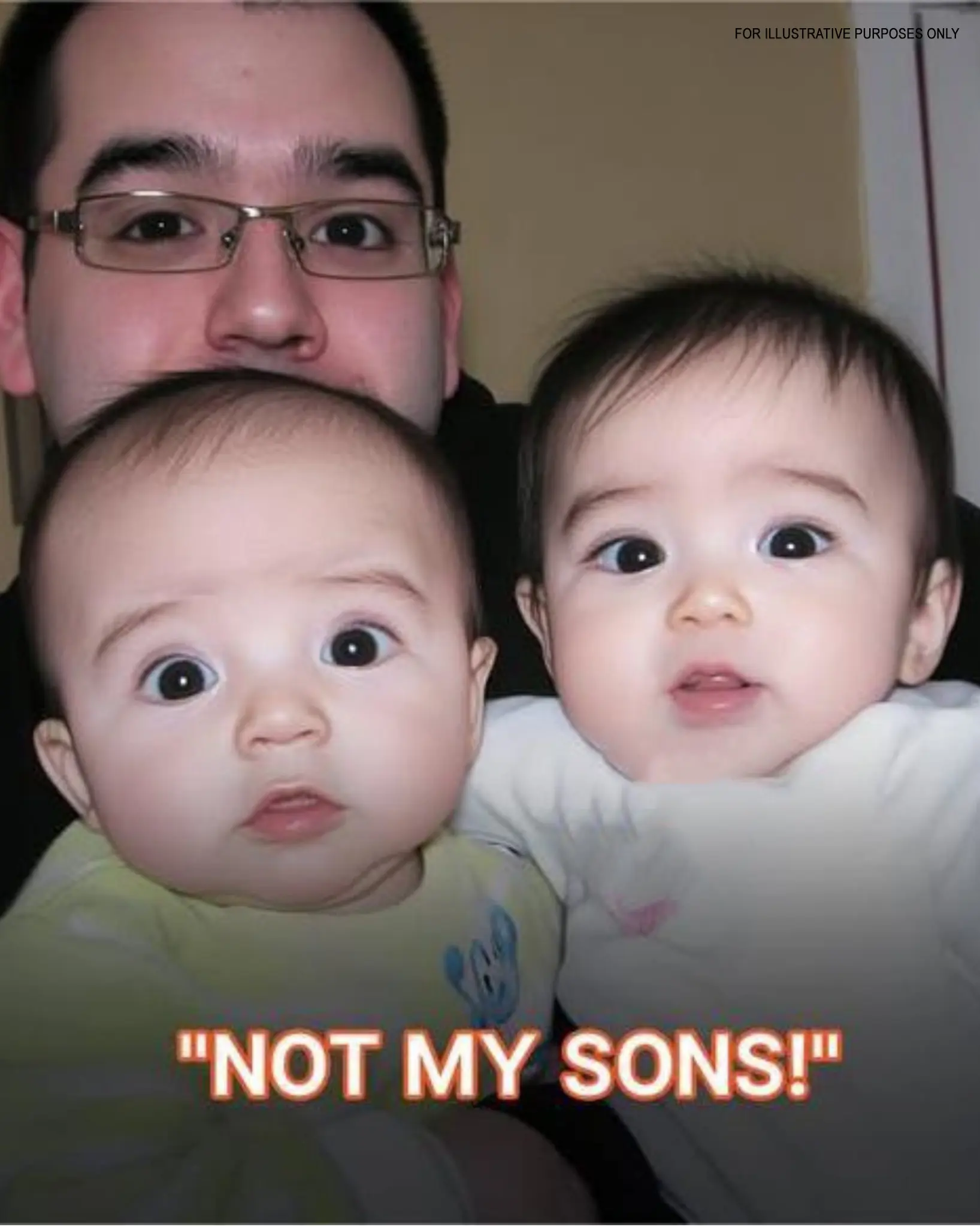
Father Finds out His Twin Sons Are Actually His Brothers — Story of the Day
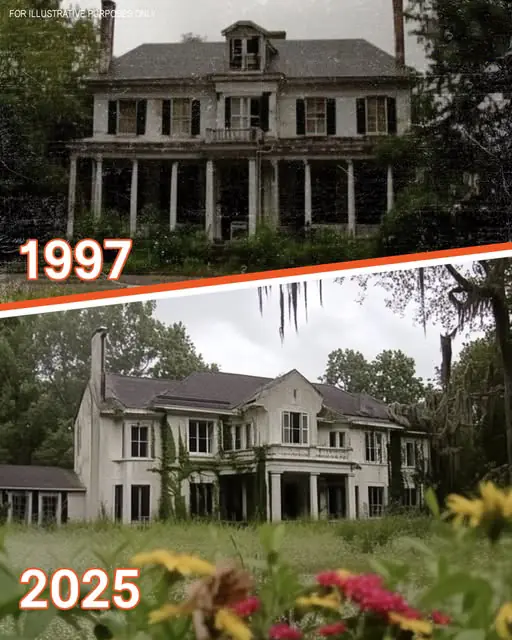
78-Year-Old Woman Returns from Nursing Home to Her House – Only to Find a Mansion with Changed Locks in Its Place

My Wife and I Went to an Orphanage to Adopt a Child and Found a Girl Who Is a Carbon Copy of Our Daughter

4 foods to eat on an empty stomach in the morning to cleanse the gut, boost digestion, and lower cancer risk

7 Ways to Repurpose Eggshells for a Greener Home and Garden

The One McDonald’s Burger That’s Always Cooked Fresh

Pine Needle Sprite: A Refreshing Homemade Fermented Drink

10 Simple Ways to Help Your Body Detoxify and Cleanse Itself

Top 6 Upcoming Astronomical Events You Don’t Want to Miss in 2025

Never Ignore Excessing Licking From a Dog

Woman creeped out after finding mysterious 'death day' in her iPhone calendar

Rob Gronkowski forgot he invested $69,000 in Apple and ten years later the value has completely changed his net-worth

Don’t Miss It: The Moon Meets the Pleiades on October 10!
